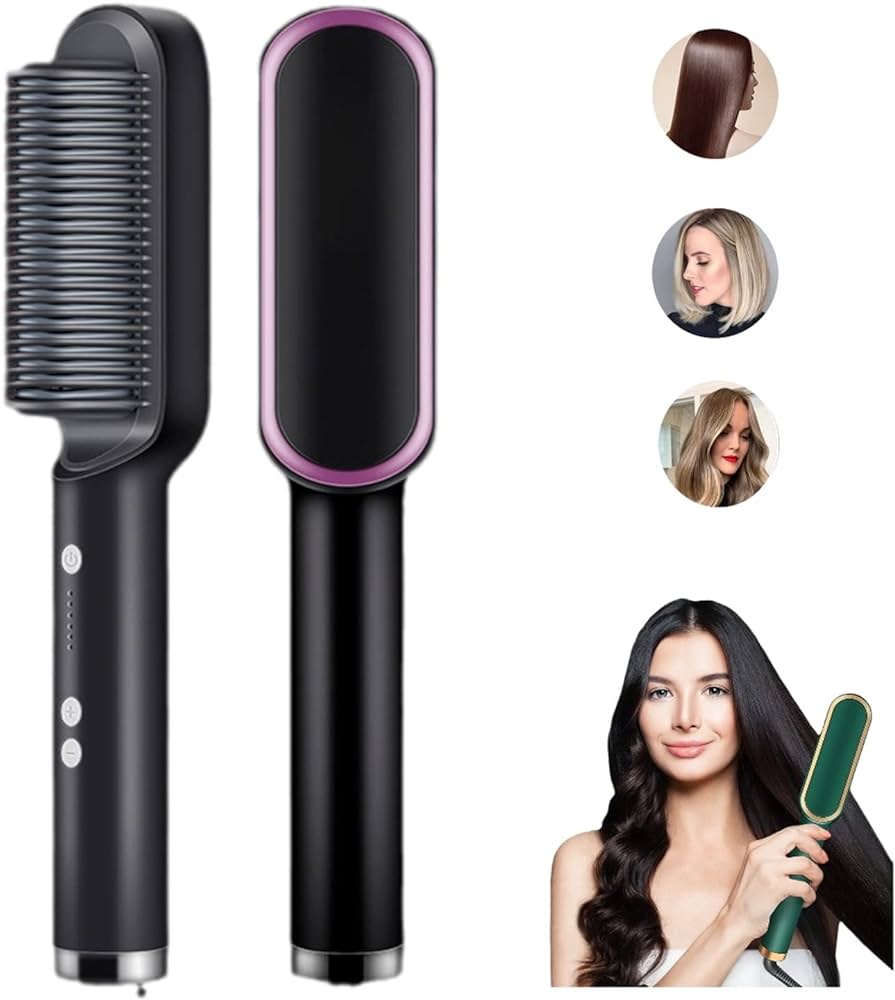Introduction:
Brushing out curls after curling is an essential step to achieving the desired look, whether it’s soft waves, voluminous locks, or a polished finish. The technique requires careful handling to maintain the integrity of the curls while enhancing their appearance. This comprehensive guide provides details on various methods, tips for different hair types, and answers to common questions about brushing out curls effectively.
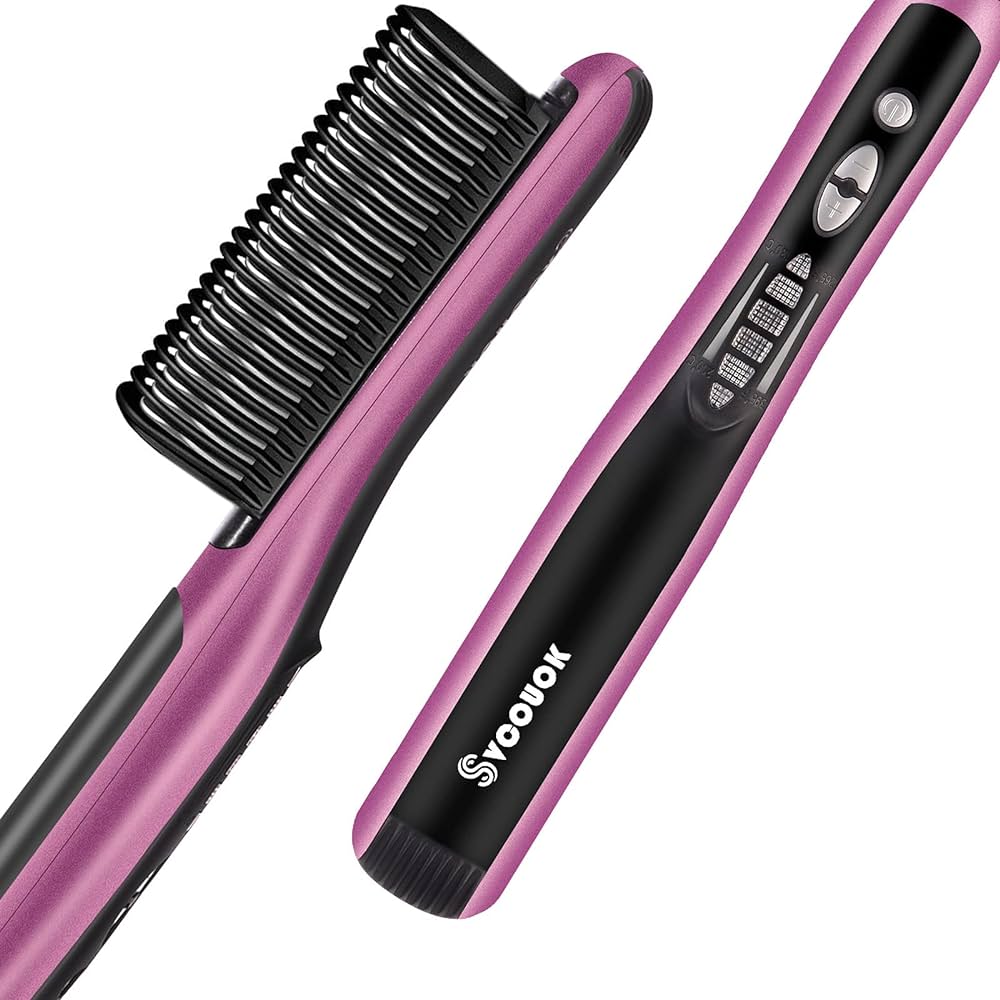
How to Brush Out Curls After Curling?
Understanding Your Hair Type
Before diving into the brushing process, it’s crucial to understand your hair type. This knowledge helps tailor the brushing technique to suit your hair’s specific needs.
Curly Hair: For naturally curly hair, brushing can cause frizz and disrupt curl patterns if not done correctly. Use gentle techniques to maintain the curls’ shape and reduce frizz.
Wavy Hair: Wavy hair benefits from brushing techniques that enhance waves without flattening them. Use wide-tooth combs or fingers to preserve wave definition while adding volume.
Coily Hair: Coily hair is delicate and prone to breakage. Use ultra-gentle methods and moisturizing products to maintain curl integrity and reduce damage.
Fine Hair: Fine hair can easily lose curl definition and volume. Use light brushing techniques and volumizing products to retain curls and avoid flattening.
Thick Hair: Thick hair often requires techniques that help distribute natural oils and reduce bulk while enhancing curl patterns.
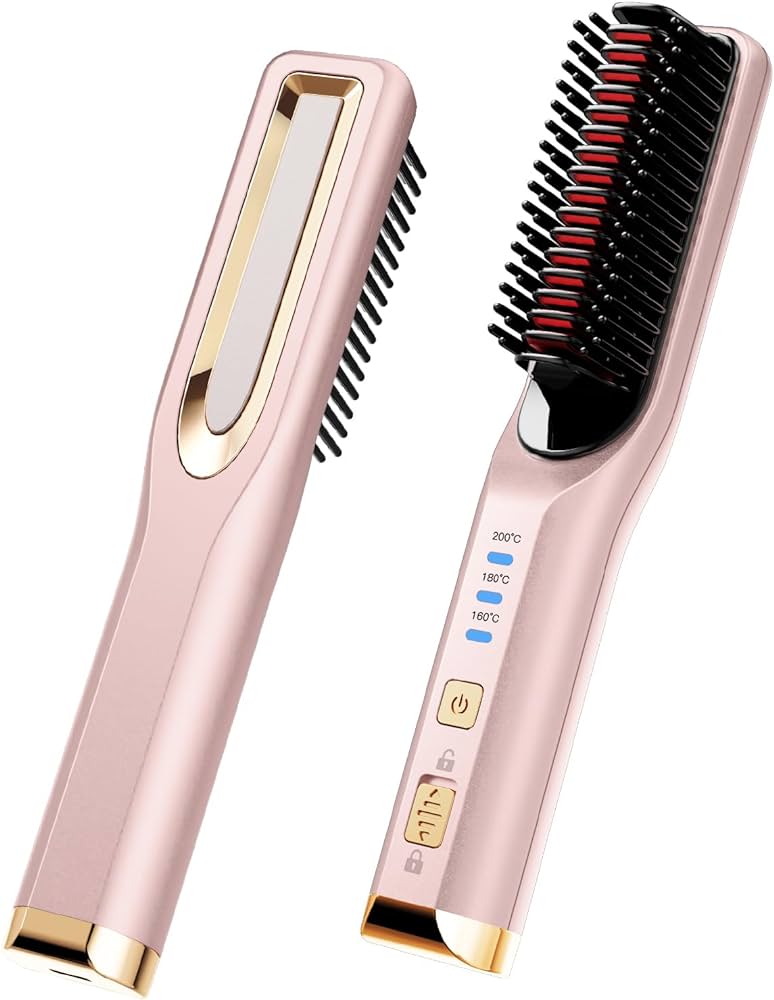
Choosing the Right Tools
Using the correct tools is crucial for brushing out curls without causing frizz or damaging the hair. Here are some recommended tools for different hair types and desired results.
Wide-Tooth Comb: A wide-tooth comb is ideal for detangling and lightly brushing out curls without causing frizz. It gently separates hair strands and preserves curl patterns.
Boar Bristle Brush: Boar bristle brushes are excellent for distributing natural oils, adding shine, and creating soft, polished waves. They work well on thick or coarse hair.
Paddle Brush: A paddle brush helps smooth out curls and create sleek styles. It’s suitable for medium to thick hair types.
Finger Combing: Using fingers to gently separate and define curls is an effective method, especially for delicate or highly textured hair.
Curl Cream or Serum: Applying a lightweight curl cream or serum before brushing helps reduce frizz, add moisture, and enhance curl definition.
Detangling Spray: A detangling spray can make the brushing process smoother and reduce the risk of breakage, especially for curly or coily hair.
Step-by-Step Guide to Brushing Out Curls
Follow these steps to brush out curls after curling, tailored for different hair goals and types.
Step 1: Start with Dry Hair Ensure your hair is dry before brushing. Brushing wet hair can cause breakage and frizz, especially for curly or wavy hair. If necessary, use a blow dryer with a diffuser attachment to dry your hair gently.
Step 2: Apply a Curl-Enhancing Product Apply a curl cream, serum, or anti-frizz spray to your hair. This helps maintain moisture, reduce frizz, and enhance the overall appearance of your curls.
Step 3: Begin Detangling Use a wide-tooth comb or your fingers to gently detangle your hair. Start at the ends and work your way up to the roots to minimize breakage and reduce tangling.
Step 4: Section Your Hair Divide your hair into manageable sections using clips. Smaller sections allow for better control and more even results when brushing out curls.
Step 5: Choose the Right Brushing Method Depending on your desired outcome, choose the appropriate brushing technique:
- For defined waves or polished curls: Use a boar bristle or paddle brush to smooth out the curls lightly.
- For soft, voluminous curls: Use a wide-tooth comb or fingers to gently separate and fluff the curls.
Step 6: Brush from Ends to Roots Starting at the ends, gently brush or comb your way up to the roots. Use light, sweeping motions to avoid pulling or tugging on your hair. Adjust your technique based on your hair type and the look you want to achieve.
Step 7: Maintain Shape and Volume After brushing, use your fingers to adjust and reshape the curls. Add volume at the roots by gently lifting sections and scrunching the hair.
Step 8: Apply Finishing Products Apply a lightweight hairspray, texturizing spray, or shine serum to set the style and add a polished finish. Ensure the products are evenly distributed for a natural look.
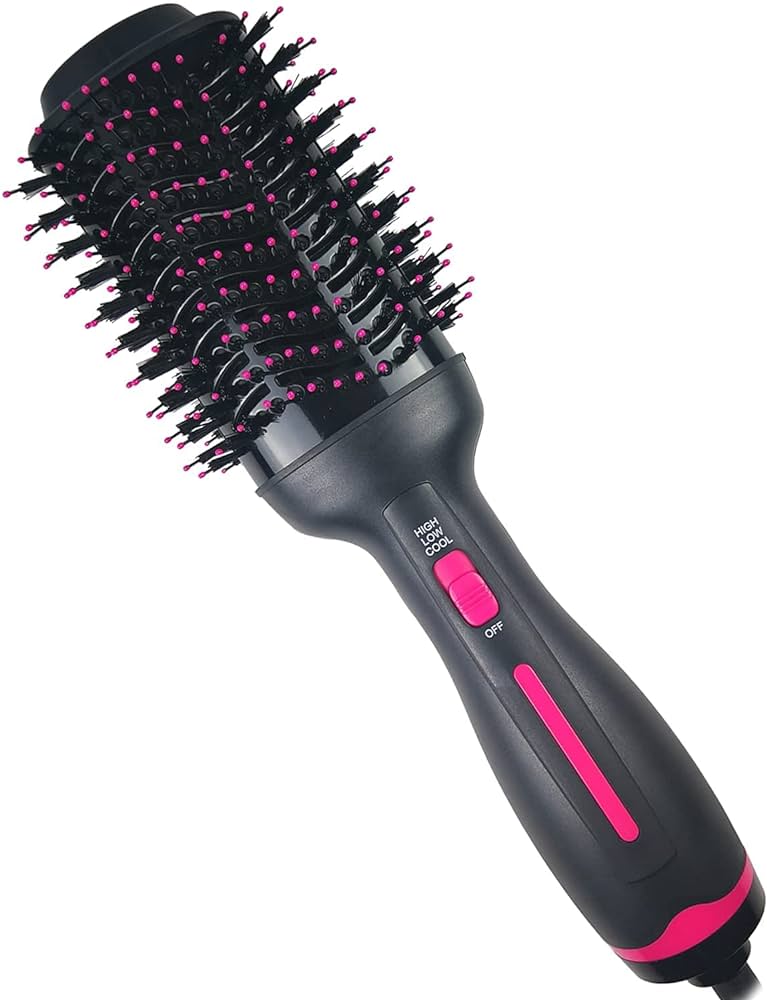
Tips for Different Hair Types
Brushing out curls varies depending on hair type. Here are specific tips for different hair textures to ensure the best results without damage or frizz.
Curly Hair: Apply a generous amount of curl cream or leave-in conditioner before brushing. Use a wide-tooth comb and avoid over-brushing to prevent frizz and maintain definition. Finger combing can also be an effective method.
Wavy Hair: Use a lightweight curl-enhancing product to maintain wave texture. A wide-tooth comb or paddle brush works well for creating soft, voluminous waves. Avoid brushing too vigorously to keep the waves defined.
Coily Hair: Apply a moisturizing leave-in conditioner or detangling spray to reduce friction and enhance curl definition. Use fingers or a wide-tooth comb for gentle brushing. Limit brushing to minimize breakage and preserve curl patterns.
Fine Hair: Use a volumizing mousse or lightweight curl cream to maintain body and definition. A paddle brush with flexible bristles can help create smooth, soft waves without flattening the curls.
Thick Hair: Divide hair into smaller sections to manage thickness and ensure even brushing. Use a boar bristle brush or wide-tooth comb to distribute natural oils and reduce bulk while maintaining curl patterns.
Avoiding Common Mistakes
Certain mistakes can lead to frizz, breakage, or loss of curl definition. Here’s how to avoid common pitfalls when brushing out curls.
Brushing Wet Hair: Avoid brushing your hair when it’s wet, as wet hair is more prone to breakage and damage. Use a wide-tooth comb or detangling spray on damp hair if necessary.
Using the Wrong Tools: Choose the right tools based on your hair type and desired look. Using a fine-tooth comb or stiff brush can cause frizz and disrupt curl patterns.
Over-Brushing: Brushing too much can flatten curls and create frizz. Use light, gentle motions and brush just enough to achieve the desired style.
Skipping Conditioning: Failing to apply a conditioning or curl-enhancing product before brushing can lead to dryness and frizz. Ensure your hair is well-moisturized to maintain curl integrity.
Incorrect Brushing Technique: Brushing from roots to ends can cause tangles and breakage. Always start detangling from the ends and work your way up to the roots.
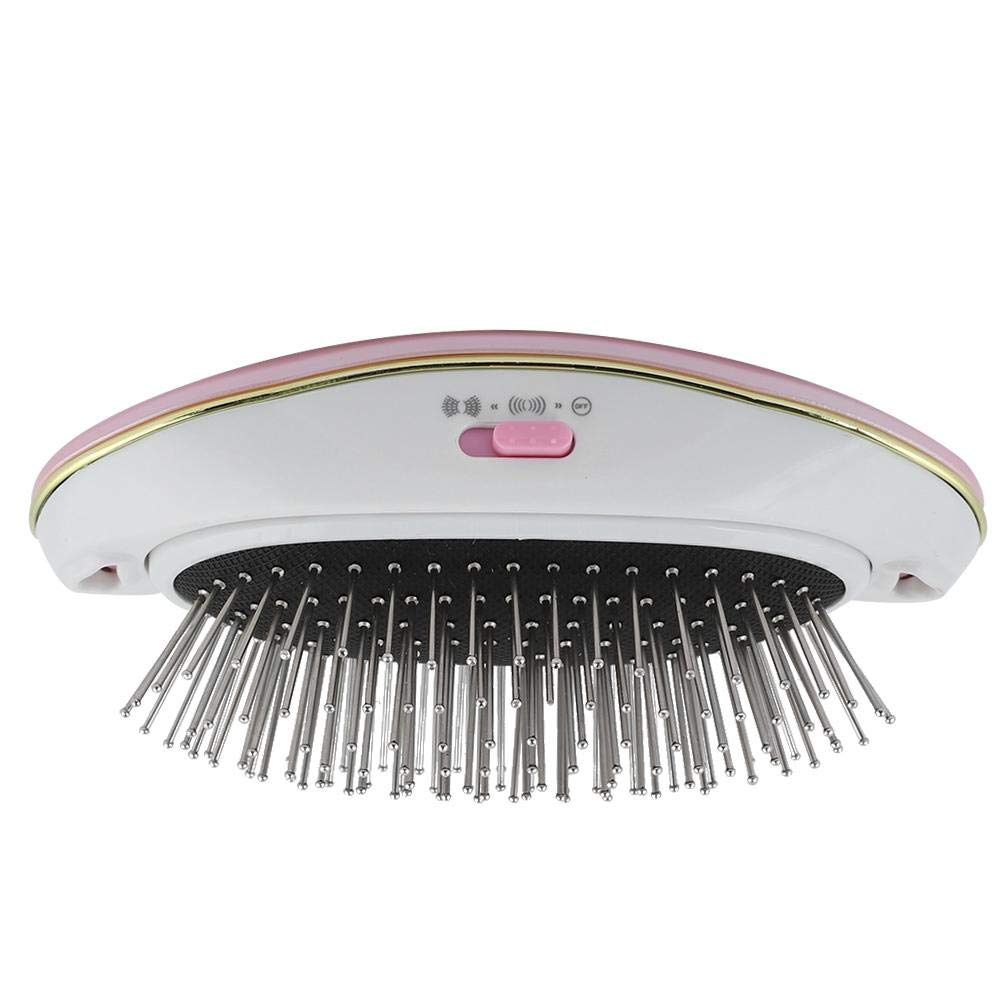
Maintaining Brushed-Out Curls
After achieving the perfect brushed-out curls, maintaining the style is crucial. Follow these tips to keep your curls looking great throughout the day.
Avoid Humidity: Humidity can cause frizz and disrupt curls. Use anti-humidity products or carry a travel-size anti-frizz serum to manage your hair on the go.
Refresh Curls: Refresh your curls by lightly misting your hair with water or using a curl refresher spray. Scrunch your hair to redefine curls and add volume.
Protect While Sleeping: At night, protect your curls by sleeping on a silk or satin pillowcase. Alternatively, use a silk or satin bonnet to minimize friction and maintain curl integrity.
Regular Conditioning: Keep your hair well-conditioned with regular deep conditioning treatments or leave-in conditioners to maintain moisture and prevent frizz.
Reapply Styling Products: Reapply light layers of styling products, such as curl cream or texturizing spray, to revive and reshape curls as needed.
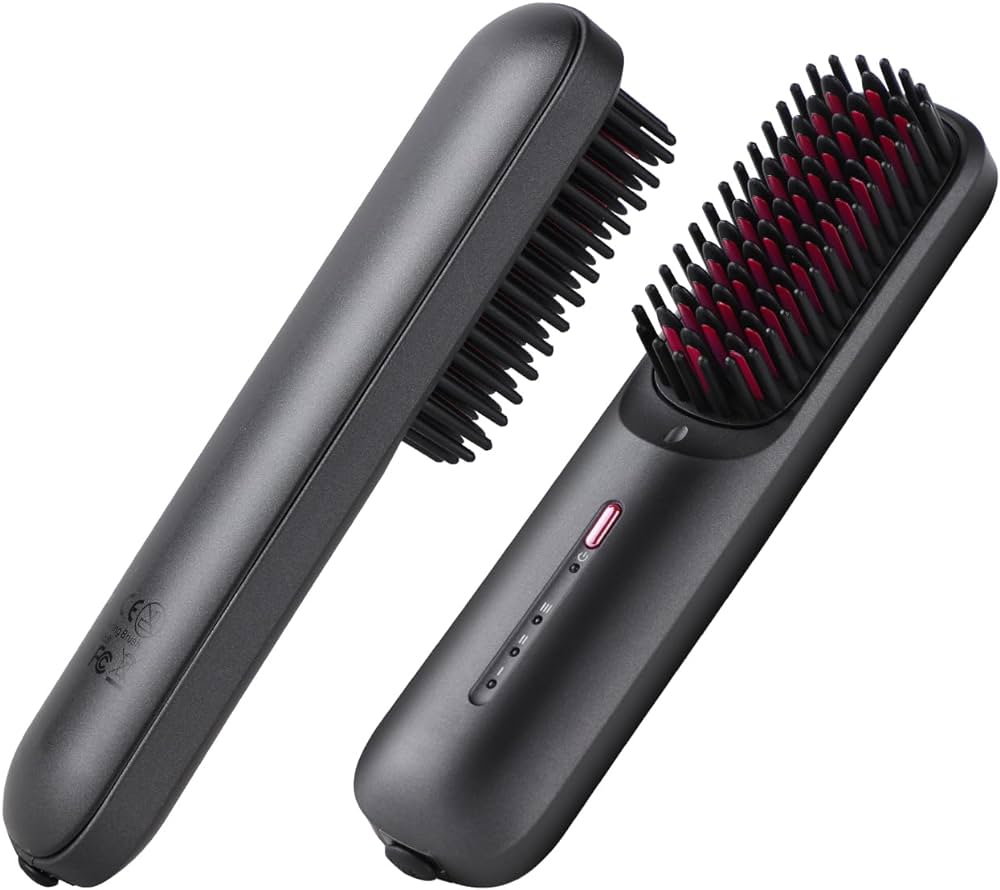
Understanding Different Curling Techniques
Different curling techniques can affect how you brush out curls. Here’s a brief overview of common methods and their impact on brushing.
Hot Tools: Curling irons and wands create defined curls that may require minimal brushing to achieve softer waves. Use a wide-tooth comb or fingers to gently separate curls.
Rollers: Rollers create voluminous, bouncy curls. Lightly brush through the curls with a paddle brush or use fingers to maintain volume.
Braiding: Braiding hair and then unraveling creates loose, natural waves. A boar bristle brush or wide-tooth comb can enhance the waves without causing frizz.
Twist-Outs: Twist-outs, where small sections of hair are twisted and then unraveled, create well-defined curls. Use fingers to separate and define the curls without losing shape.
Conclusion
Brushing out curls after curling requires a thoughtful approach tailored to your hair type and desired look. Understanding your hair’s unique needs, using the correct tools, and following gentle techniques ensures beautiful, frizz-free results. Regular maintenance and the right products help maintain your style throughout the day. By avoiding common mistakes and implementing the tips provided in this comprehensive guide, you can achieve and maintain stunning brushed-out curls, enhancing your overall appearance and confidence. This guide equips you with the knowledge and techniques needed for perfecting your curl brushing methods, ensuring a flawless, polished finish every time.
